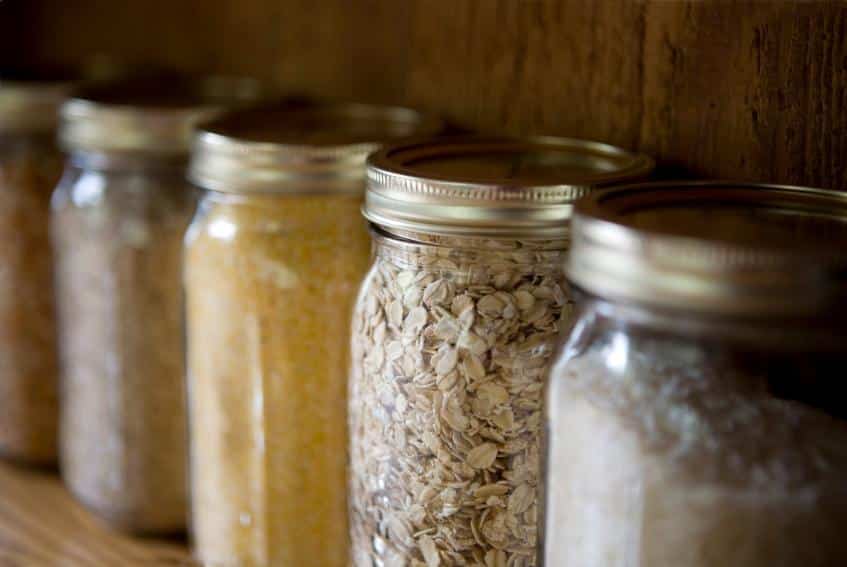
At first, I thought the headaches and dizziness I was getting were related to stress. I had recently graduated from college, moved to a new city and started a new job.
After a while, though, I began to notice a pattern. I typically got the symptoms after eating from a salad buffet or after having certain Chinese foods.
I did some research and discovered I was reacting to monosodium glutamate (MSG). Since that time, I have paid close attention to ingredient labels and restaurant menu descriptions that contain MSG.
However, keeping MSG out of my diet – and now my family’s diet – is much trickier than I initially thought. It still is in many of the foods found on our supermarket shelves and on our restaurant menus. The dangerous food additive is used in soups, meats, salad dressings, canned goods, frozen entrees and even crackers.
What is MSG?
Monosodium glutamate first hit the American food market in the 1960s as a seasoning and “meat tenderizing” powder called “Accent.”
Kikunae Ikeda, a Japanese scientist who identified the natural flavor enhancing substance found in seaweed, learned how to mass produce MSG back in 1908. It is the “sodium salt of the common amino acid glutamic acid,” according to the definition by the FDA, which acknowledges it can cause “headaches, numbness, flushing, tingling, palpitations, and drowsiness.”
MSG, which itself has no taste, uses umami, one of the five basic tastes, to make food taste savory. Many people find foods with MSG have a more robust flavor and a fresher taste than foods that do not have it.
The use of MSG became widespread in America after the U.S. military began using it to improve the taste of soldier’s rations.
Just 30 Grams Of This Survival Superfood Provides More Nutrition Than An Entire Meal!
In 1959, the USDA gave MSG its “Generally Recognized as Safe” (GRAS) label that it still has today. Not more than a decade later, however, cases of what became known as “Chinese Restaurant Syndrome” began to develop. Symptoms of this disorder, which were linked to the consumption of Chinese food, include headaches, dizziness, tingling, numbness, burning in the face and neck and other areas, nausea, chest pain, rapid heartbeat and weakness.

Today, the Mayo Clinic reports that research has not confirmed a direct link between MSG and the reactions that are now known as “MSG symptom complex” and that only a small percentage of the population has a problem with MSG.
Although MSG still has the GRAS rating, it does require manufacturers to list MSG as an ingredient on their products.
However, manufacturers call MSG something else. Here are some of the names they use to disguise MSG:
- glutamic acid
- monopotassium glutamate or simply “glutamate”
- yeast extract or yeast nutrient
- hydrolyzed proteins (hydrolyzed vegetable protein, animal protein or plant protein)
- soy protein isolate and soy protein concentrate
- whey protein (whey protein concentrate and whey protein isolate)
- autolyzed plant protein
- hydrolyzed oat flour
- textured protein
- caseinate (sodium caseinate and calcium caseinate)
- natural flavorings or simply “flavoring”
- ultra-pasteurized
- enzyme modified
- carrageenan
- maltodextrin or malt extract
- protein fortified
Some manufacturers even hide MSG under the catch-all “bouillon” term.
With so many different names for one harmful ingredient, a good idea is to make a list of these secret names and then take it with you when you go grocery shopping. If you are like me, you soon will recognize the food products that contain MSG and pass them right on by.











